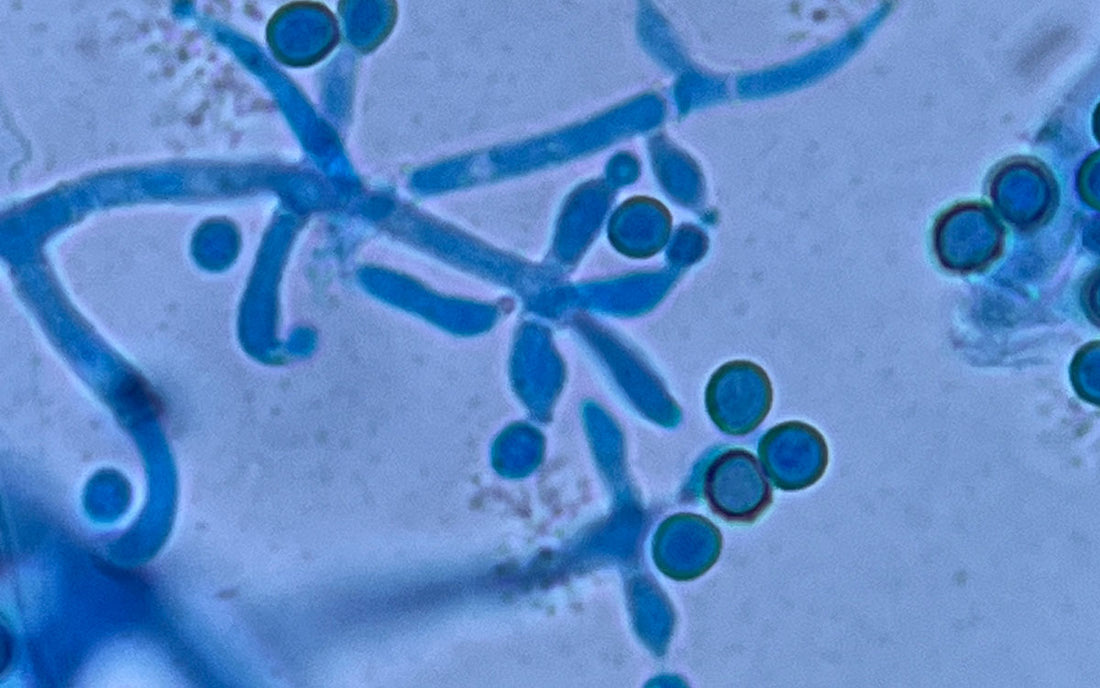Rhizobacteria are bacteria that naturally live in the root environment of plants. They colonise the area around the roots. It is called the good soil life.
The rhizobacteria interact with the plant. There are many different types of rhizobacteria.
With the help of a good soil life, plants can build up a healthy and natural resistance to diseases and attacks at the rooting system.
With a bad soil life around the roots, a plant will get diseases and will eventually die.
Bad bacteria are easy to displace in the medium by adding good bacteria. With good rhizobacteria you simply crowd out the bad bacteria in the medium.
Rhizobacteria can be divided into 3 groups.
1. The nitrogen binders bacteria.
2. The phosphate-releasing bacteria.
3. The hormone-producing bacteria.
Plant roots emit sugars and the sugars attract the good soil bacteria.
It is important that the Rhizobacteria prevail over the bad bacteria to prevent diseases and to make nutrients available to the plant.
The simplest way is to do this by simply administer rhizobacteria every week with the water.
Another advantage that the Rhizobacteria have around a plant root point is that it can correct an incorrect pH value to the correct pH value on the spot.
With Rhizobacteria the plant can get more nutrients that result in a bigger and healthier growth. The Rhizobacteria get sugar back from the plant roots and lives in Symbiosis with the plant.

Trichoderma fungi
Plant roots can only fill a maximum of 10% of a pot, more is simply not possible. However, we can considerably increase the capacity of these roots with root fungi the so-called Demycorrhiza or Trichoderma fungi.
Trichoderma fungi connect itself with in the plant root.
The Trichoderma hyphae grow many meters from the roots and are microscopically thin, they come to places where roots can never come.
This makes the root system of plants up to hundreds of times larger than for plants that have to do without these fungal threads.
Trichoderma take up nutrients and transport it to the plant root.
The Trichoderma lives in Symbiosis with the plant and do all this in exchange for a little sugar that it get back from the plant root.
The fungal threads also secrete a portion of this sugar that they do not use themselves around the threads, which in turn attracts the Rhizobacteria present. Because the Rhizobacteria are present around the fungal threads, which in turn promotes nutritional intake, the soil also receives the correct pH value.
These days even hydroponic growers on Rockwool are using Trichoderma fungi and Rhizobacteria for their crops.
However, a bacterial preparation cannot be stored in liquid form for a long time because bacteria need sugars to survive. Without sugars, bacteria only live for 3 days in wet conditions.
With sugars, a liquid preparation would expand in a short time because bacteria multiply and a bottle will swollow up or may even explode. When the sugars run out, the bacteria die.
Hence a liquid bacteria or enzyme product is rarely encountered in gardens and agriculture (or it is fake). If you find such a product, it always have to be bottled in a metallic bottle, stored cool and there must be an end date on the bottle.
Both Rhizobacteria and Trichoderma fungi can not be used together with hydrogen peroxide (H2O2). Hydrogen peroxide will kill all bad fungus and bacteria, but also the good Trichoderma fungus and Rhizobacteria. Therefor it is recommended that hydrogen peroxide is used only in hydroponic farming systems without good fungus and good bacterial formulations.

